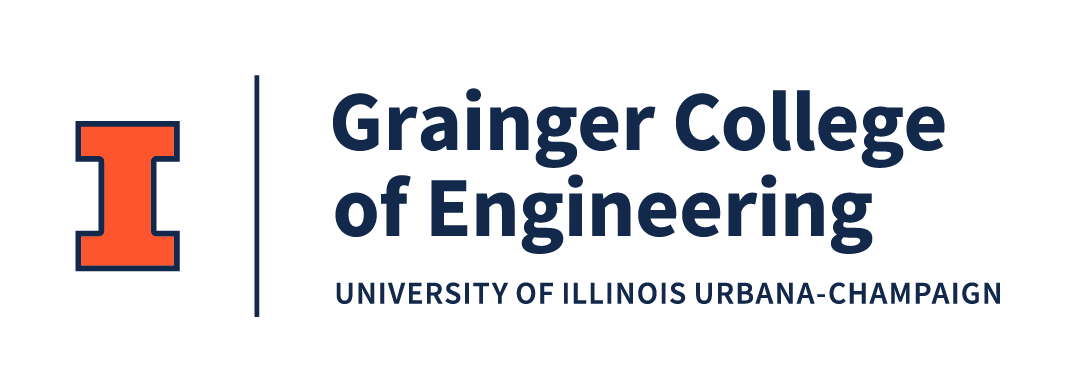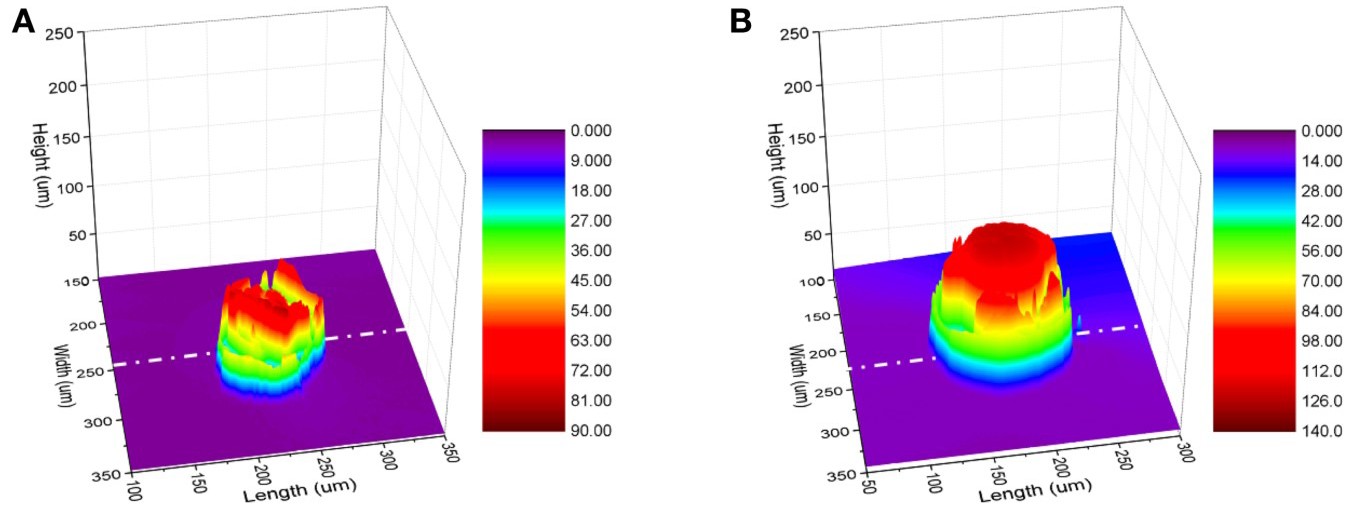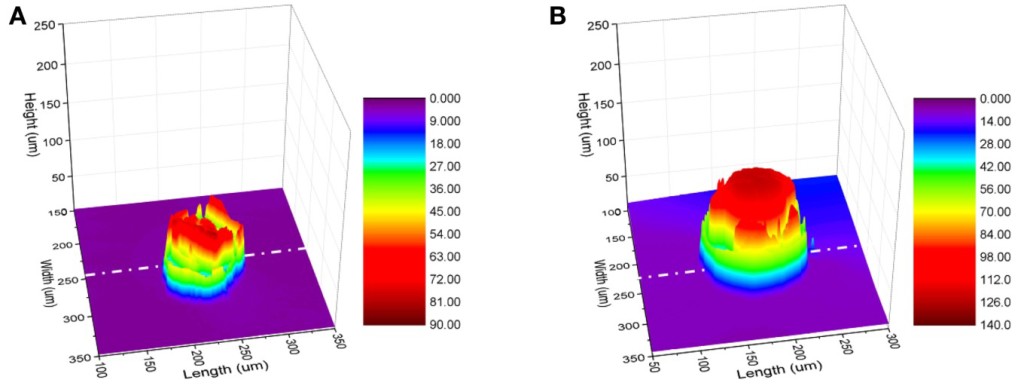Dropwise gelation-dehydration kinetics during drop-on-demand printing of hydrogel-based materials
Bumsoo Han, Gyu Young Yun, J. William Boley, Samuel Haidong Kim, Jun Young Hwang, George T.-C. Chiu and Kinam Park
Abstract: The present study aims to characterize and understand the dropwise gelation-dehydration phenomena during drop-on-demand (DOD) printing of hydrogel-based soft materials. Functional soft materials have broader impacts on many medical and engineering applications, but constructing soft materials into three-dimensional (3D) configuration with spatially varying properties is still extremely challenging. In order to establish a mechanistic understanding, a hypothesis was postulated that the porosity of hydrogel printed is determined by dropwise gelation and dehydration phenomena during the printing process. The underlying rationale is that many functional properties of the printed hydrogels are closely associated with the structural characteristics at the sub-droplet and droplet scales, specifically porosity. The porosity of a hydrogel droplet is thought to be determined by intra-droplet fluid–structure interactions during gelation and dehydration. In this study, thus, we characterized the gelation-dehydration and consequent microstructure of thermally responsive poly(N-isopropylacrylamind-co-acrylamide) (PNIPAM) copolymer droplets as a model hydrogel material. The gelation kinetics was studied by differential scanning calorimetry. Both macroscopic and microscopic structures of DOD printed hydrogels were characterized by a 3D profiler and scanning electron microscopy. Furthermore, a theoretical model to explain this complex transport processes was also developed. The results showed that the gelation is a rapid process and its impact is mainly observed at the deposition of droplets. Significant structural shrinkage of the printed hydrogel droplets was induced by dehydration. This shrinkage resulted in spatially varying intra-droplet porosity. A computational model of intra-droplet fluid–structure interactions was developed to explain this spatial variation of intra-droplet porosity. In addition, a new dimensionless parameter is proposed to gauge the significance of evaporation and interstitial water transport in the fluid–structure interactions. Significance of gelation kinetics, dehydration and complex fluid–structure interaction within the droplets was discussed to design a DOD printing process for 3D additive manufacturing of hydrogel-based soft materials.


